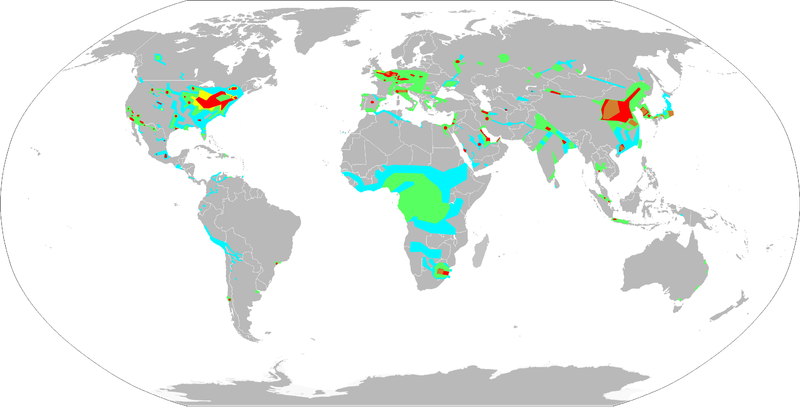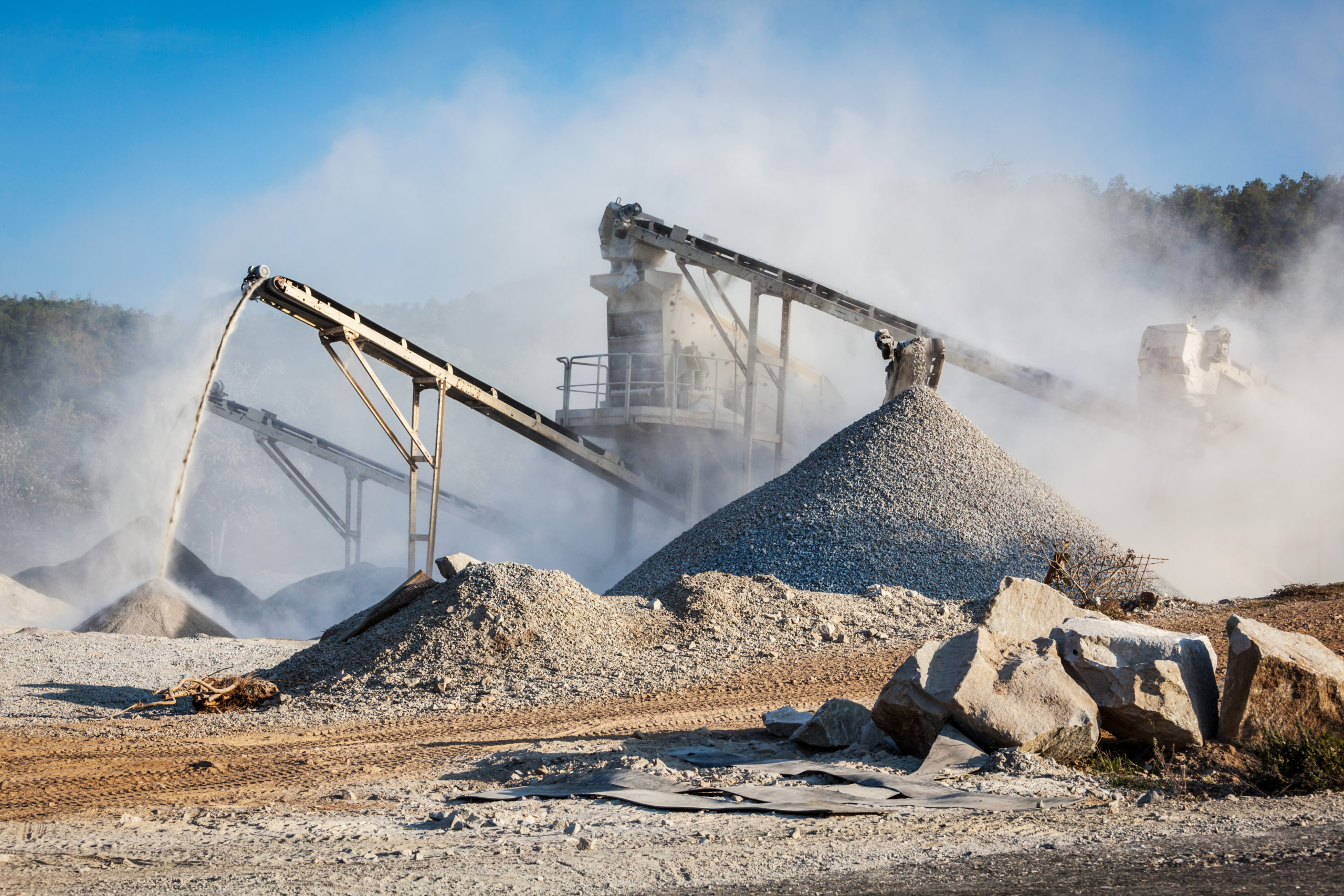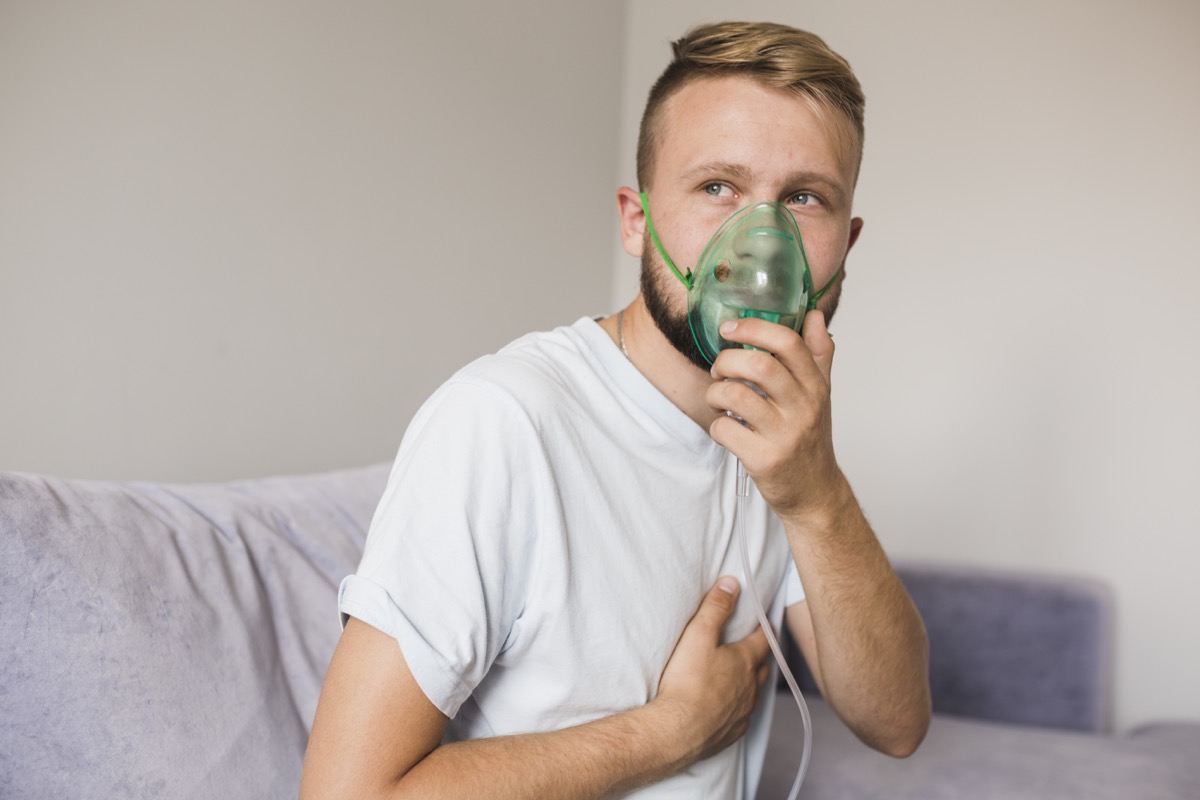Wikipedia describes “Pollution” as, “The Introduction Of Contaminants Into The Natural Environment That Cause Adverse Change”. Today, environmental pollution is one of the top and the gravest challenge facing humanity and other life forms on our planet. Environmental pollution in simple terms can be defined as “the contamination of the physical and biological components of the earth/atmosphere system to such a degree that normal environmental processes are negatively affected.”
Pollutants can be naturally occurring energies or substances, but when they occur in excess of natural levels these are considered contaminants. Environmental pollution has been around for centuries but started to be significant following the industrial revolution in the 19th century. Now environmental pollution and its causes need to be taken even more seriously for its negative effects on our natural elements which are an utter need for life to exist on earth, such as water and air.
In the red to what’s already written, let’s understand 10 different types of environmental pollution and its causes.
Environmental Pollution
Types Of Environmental Pollution And Its Causes
Pollution
Leutkirch im Allgäu 1. Lead
One of the most dangerous toxins found across the globe, in fact, in almost all states. Lead easily dissolves in water and when consumed leads to distressing health issues. As one of the highly toxic metal and strong poison, lead can totally negate the work of the body’s enzymes thereby breaking down it’s standard functioning. This slow poison is found in lead-based paints, counting paint on the walls of old houses and toys.
Methane
Limbang 2. Methane
In simplest terms, Methane is a greenhouse gas which contributes to climate change. It is harmless to the environment, but when it reacts with carbon dioxide along with water vapor, it absorbs and holds most of the radiation heat from the sun. These traps extreme heat in the atmosphere contributing to global warming and climate change. Methane is found in air (from vehicle exhaust, coal mines, coal-fired power plants, oil and gas fields, landfills, and farms) and Consumer products (stoves, water heaters, and clothes dryers that are fueled by natural gas).
where can you buy clomid pills Chlorofluorocarbons
http://entreconpensacola.com/events/keynote-speaker-craig-meynard-delta-air-lines/ 3. Chlorofluorocarbons (CFC)
Commonly referred to as CFCs, Chlorofluorocarbons are artificially made chemical compounds used as refrigerants, cleaning solvents, aerosol propellants, and blowing agents for foam packaging in many commercial applications. CFCs are very destructive to the protective ozone layer since these are lighter than air, they can rise to the atmosphere. And once in the atmosphere, CFCs drift slowly upward to the stratosphere, where they are broken up by ultraviolet radiation, releasing chlorine atoms, which can destroy ozone molecules.
Particulate matter
4. Particulate Matter (PM)
Particulate matters are very tiny particles suspended in the air which can either be in solid or liquid form in both organ and inorganic particles. PMs are released into the atmosphere due to unfinished combustion like the carbon particles or simply blown into the air by wind. Dust, pollen, soot, and aerosol spray liquid droplets are a few examples of PMs. The size of the particulate matter is directly linked to its potential for instigating health issues. Small particles less than 10 micrometers in diameter are a greater threat as these can get deep into the human body (to its lungs or into the bloodstream).
Nitrogen Oxides
5. Nitrogen Oxides
These are a group of seven gases and compounds composed of nitrogen and oxygen and most of these are harmful to the environment. Commonly called laughing gas, Nitrous oxide is a greenhouse gas which contributes to climate change. Nitrogen oxides are emitted from the burning of coal, oil, diesel fuel, natural gas, especially from electric power plants and vehicle exhaust. They are also released by gas stoves, cigarettes, wood burning, kerosene heaters, and silos that contain silage. In addition to this, nitrogen oxides react with sunlight and other chemicals and form smog. Nitrogen oxides and sulfur dioxide counter with substances in the troposphere to form acid rain.
Carbon monoxide
6. Carbon Monoxide
A colorless, non-irritating, odorless, and tasteless gas mostly found in both outdoor and indoor air. It is produced in several instances like cigarette smoking and every time there is incomplete combustion. Carbon monoxide can typically clog the air making it tough to breathe. Furthermore, this toxin is one of the leading causes of deaths linked with suffocation in homes where firewood is used in walled spaces. In addition, it also plays a pivotal role in the formation of ground-level ozone.
Plastic
7. Plastic
The destructive chemicals linked with plastics can be alienated into 3 categories: i.e. ingredients of the plastic material, byproducts of manufacturing, and chemicals adsorbed from the environment. The probable toxicological comebacks caused by plastic can hence be a mixture of all these chemicals. Unquestionably, plastics are one of the most common forms of environmental pollution and bear a huge impact. Plastics are practically everywhere, and when thrown these ends up filling landfills, waterways, oceans, rivers, and streams consequently contaminating water for domestic use and drinking water. Furthermore, plastics also make way into game parks and marine habitats hurting wildlife and marine animals who confuse them as food.
Mercury
8. Mercury
This toxin is released into our environment mainly due to mining activities, poor disposal of few items which are either made of mercury or consisted mercury in them. Also, did you know the batteries we use every single day are the main source of mercury, hence it becomes very crucial to dispose them off carefully. Since mercury can readily change its state, it can be hard to detect this hazardous element and should be handled with care.
Sulfur Dioxide
9. Sulfur Dioxide
The key ingredient of acid rain which results in the corrosion of roofs and causes several health complications. The acid rain, weak sulfuric acid, is formed when there is oxidation of this compound. The process occurs when sulfur dioxide reacts with oxygen along with other chemical oxides, and together with the rainwater, it becomes acid rain.
Vocs
10. Volatile organic compounds (VOCs)
VOCs are organic chemicals having a very high vapor pressure at ordinary room temperature. Their high vapor pressure results from a low boiling point, which instigates large numbers of molecules to evaporate or sublimate from the liquid or solid form of the compound and enter the surrounding air, a trait known as volatility. VOCs are mostly released from burning of wood, natural gas, coal and gasoline. Other sources include paints and thinners, cigarettes, solvents, air fresheners, wood preservatives, furnishings, copy machines, printers, cleaners, and pesticides.
PCBs (polychlorinated biphenyl), Uranium, Loud sounds, Automobiles, Bad smells, Nitrates, and Phosphorus are other deadly toxins causing environmental pollution.
Environmental Polltion
The Negative Effects of Environmental Pollution
Pollution And Its Causes
Now that we know different types of environmental pollution and its causes, let us now understand its negative effects:
On the humans the effects of environmental pollution are mainly physical, but again in the long tun it can turn into neuro-affections. The most well-known troubles are respiratory in nature, mostly in the form of allergies, asthma, irritation of the eyes and nasal passages, or respiratory infections. In addition to these, environmental pollution is also commonly linked to the development of chronic types of cancer.
Environmental pollution largely affects animals by instigating harm to their living environment, making it highly toxic for them to survive.
As for animals, plants, and especially trees, can be destroyed by acid rains, ozone in the lower atmosphere block the plant respiration, and harmful pollutants can be absorbed from the water or soil.
In brief, environmental pollution, almost exclusively created by human activities, has a negative effect on the entire ecosystem, destroying crucial layers of it and causing an even more negative effect on the upper layers.
Pollution is almost everywhere — from the uppermost reaches of our atmosphere to the dimmest depths of our oceans. And what’s more horrifying is that it’s killing us. But together, we can stop it.

Curated by editor at Wienerberger India
You May Like: 10 Top Polluted City In India With The Worst Air Pollution









